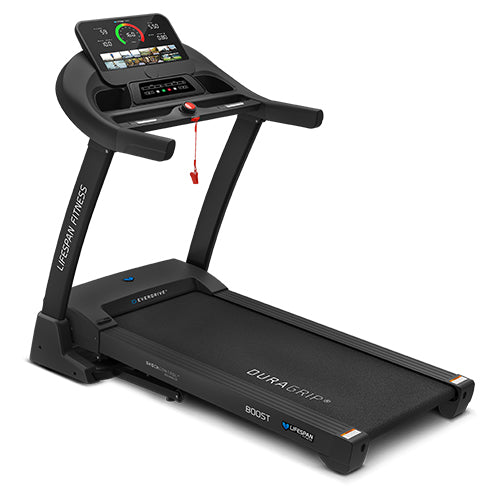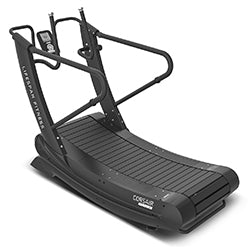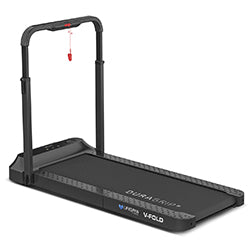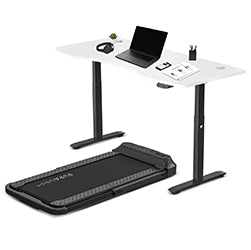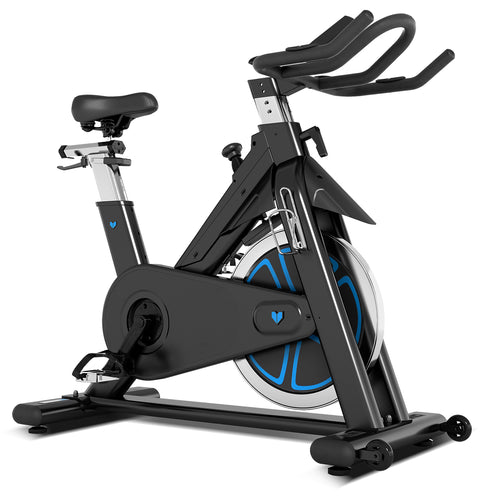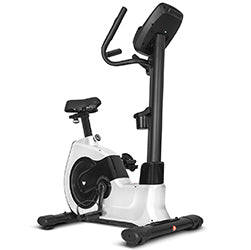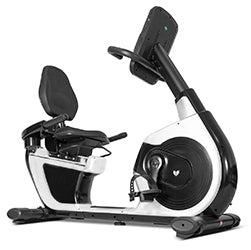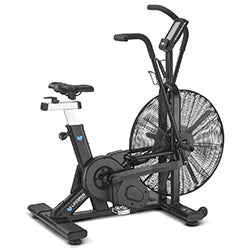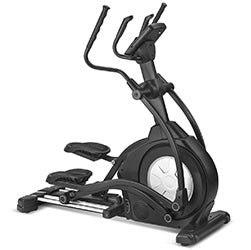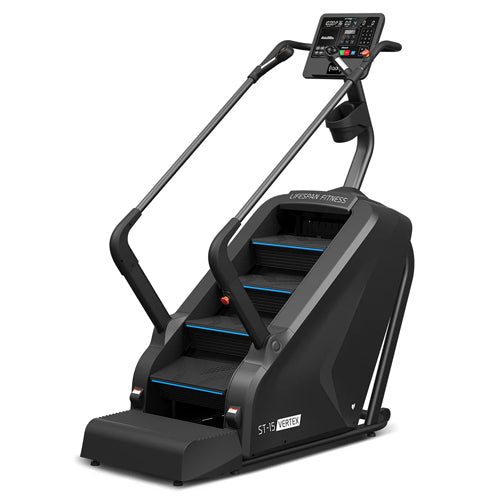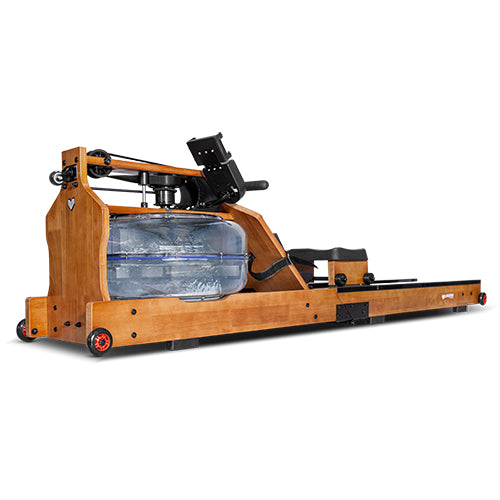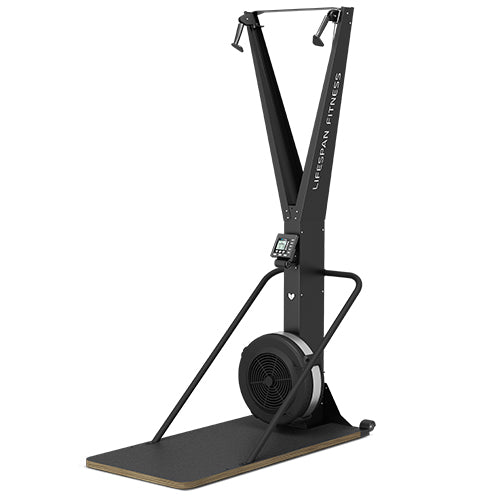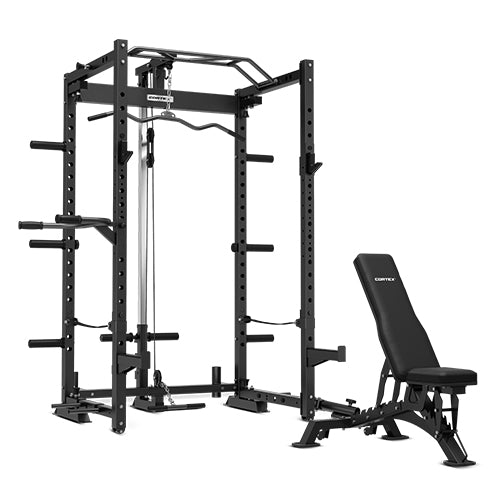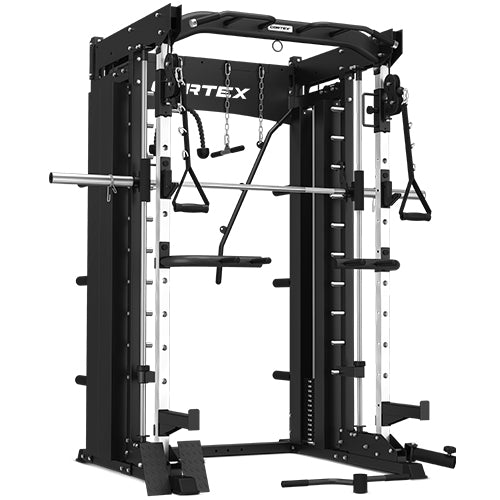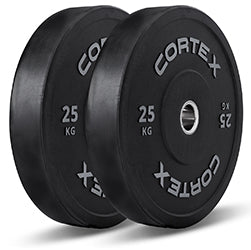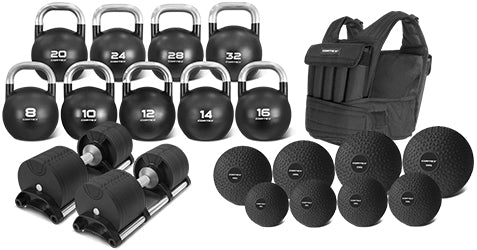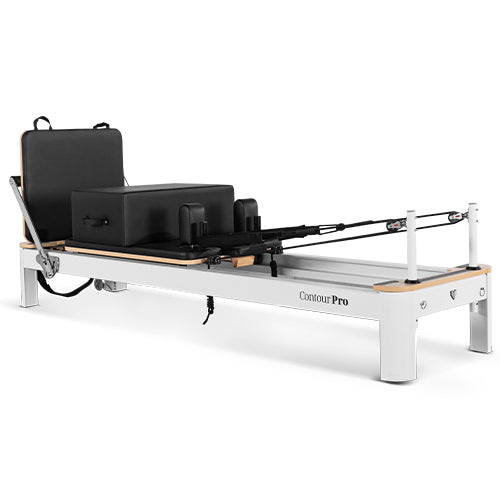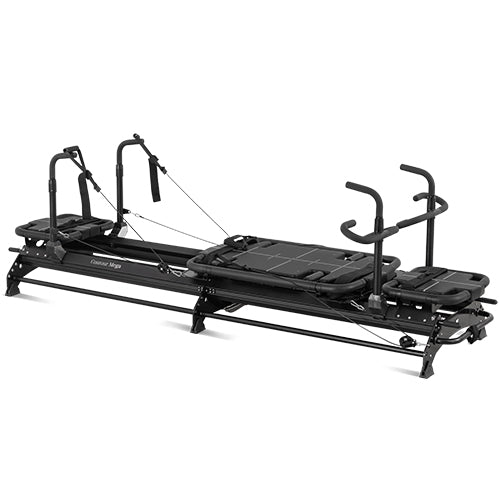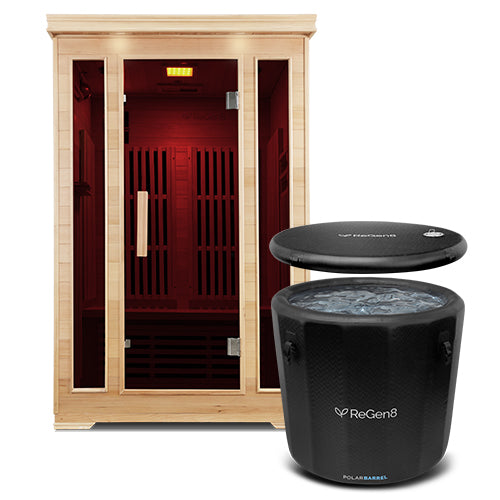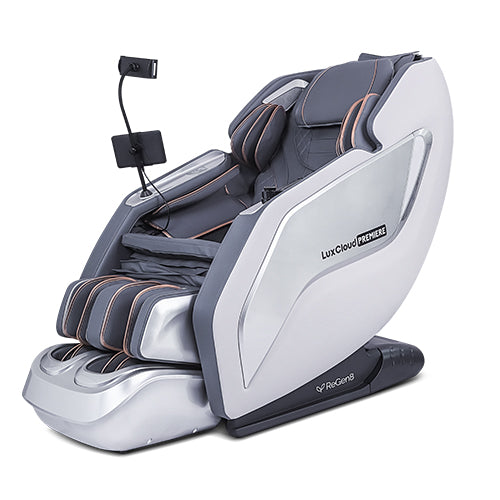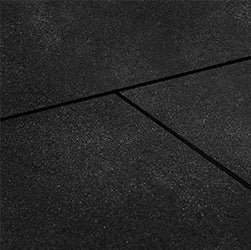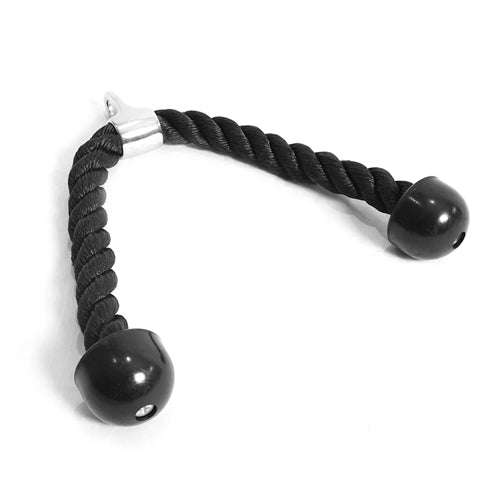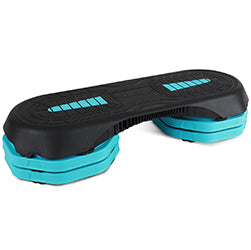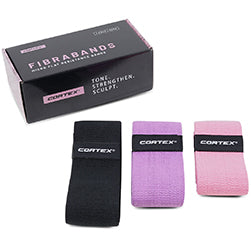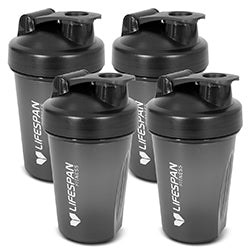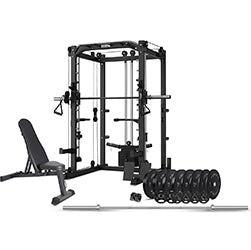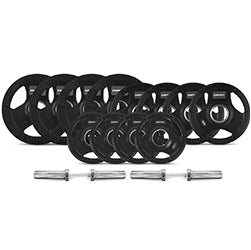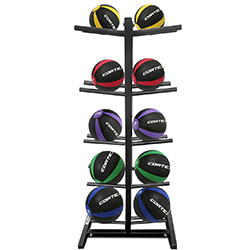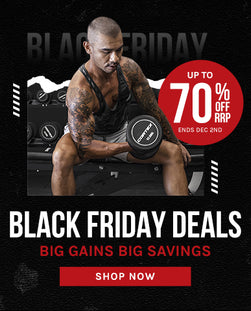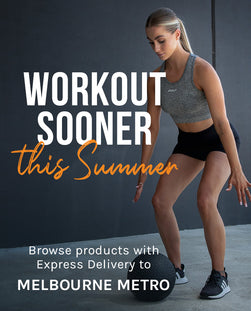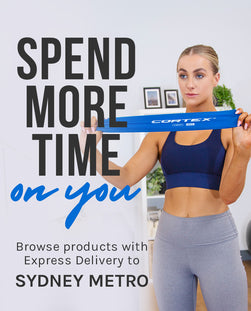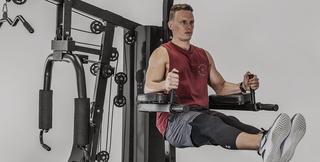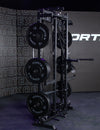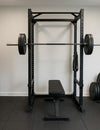

We’re probably all guilty of neglecting the lower body muscles in our fitness routine at some point. But why exactly are they so important? If you’re at all familiar with functional training, you’ll know that the leg muscles are arguably the most important in our day-to-day activities. They help us better perform daily tasks and live our lives to the fullest.
This makes the leg press an essential piece of training equipment that you can’t afford to ignore if you want to create a comprehensive strength training setup.
That’s why it’s important to get it right.
Improper form, overloading the machine or not warming up can create some serious hazards for your workout.
Join us as we break down the muscle groups, safety tips and smart training strategies that will help you get strong without setbacks.
Involved Muscle Groups

The leg press is one of those great compound exercises that allow you to develop muscle groups in multiple key areas at once. Depending on your leg press foot position and range of motion, you can emphasise different muscles to suit your training goals.
Here’s a breakdown of the main muscle groups activated during leg presses:
- Quadriceps: These are the primary movers during a leg press. Located on the front of your thighs, the quads are heavily engaged when you push the platform away, especially with a lower foot placement.
- Glutes: Your gluteus maximus plays a major role in hip extension. Using a higher foot placement on the platform or focusing on a deeper range of motion can increase glute activation, making the leg press for glutes a great alternative to squats or hip thrusts.
- Hamstrings: These muscles at the back of the thighs work alongside the glutes to extend the hips and stabilise the knee joint during the movement.
- Calves: These muscles are recruited as stabilisers and during the final portion of the press, especially if you perform a slight plantar flexion at the end of each rep.
- Adductors (inner thighs): These assist in stabilising the legs, particularly during wider stances or leg press variations like sumo foot placement.
Essential Safety Tips
Correct Foot Placement on the Platform

Where you place your feet on the leg press platform can dramatically affect your biomechanics and risk of injury. A shoulder-width stance with toes slightly pointed outward is generally a safe and effective starting point.
High foot placement targets the glutes and hamstrings more, while a low foot placement puts more emphasis on the quads but increases pressure on the knee joints.
Avoid placing your feet too close together or too far apart, as this can create knee tracking issues or discomfort in the hip.
Maintain Control During Movements
A controlled motion will mean that your muscles, and not momentum, are doing the work.
- Lower the platform slowly and under control, stopping before your hips lift or your lower back rounds.
- Never “bounce” the weight or let it crash down.
- At the top of the movement, stop just short of locking your knees.
Avoid Overuse and Hyperextension
It’s especially important with leg presses to avoid overuse. The legs are large muscles and need that extra time in between sessions to recovery. Also avoid hyperextending your knees at the top of the movement. This is a common mistake that can damage ligaments and joints.
Pay Attention to Your Body's Signals
One of the most important instincts to develop is differentiating the feeling of your muscle working hard, and proper pain.
- Sharp or lingering pain during or after leg presses is a red flag.
- Don’t push through pain and be honest with yourself about your limits.
- Modify the load, range of motion or technique as needed.
Warm-Ups and Cool Downs
- Start with 5–10 minutes of light cardio and dynamic stretches to increase blood flow and loosen up the hips and knees.
- After your workout, cool down with static stretches for the quads, hamstrings, glutes and calves.
Incorporate Variety

Doing only leg presses can lead to muscular imbalances or plateau.
- Add other lower body movements like squats, lunges, or hack squats to your program.
- Switching up leg press variations and angles also helps activate different muscle fibres.
Progressive Loading
- Follow a progressive overload strategy, adding weight or reps slowly over time.
- Jumping to heavy weights too soon is a common cause of strain and overuse injuries. Using well-designed machines can support safe progression when used correctly.
Suitable Workout Clothing

- Wear form-fitting workout clothes that allow for a full range of motion without getting caught in the equipment.
- Supportive shoes with solid soles can improve foot stability on the platform, reducing your risk of slipping or twisting under the load.
Seek Professional Advice if Needed

While the leg press is relatively beginner-friendly compared to free weight exercises, it still requires a good technique and individualised programming to be both effective and safe. If you're new to weight training, recovering from an injury, or unsure about your form, seeking guidance from a qualified professional is a smart move.
A certified personal trainer or physiotherapist can:
- Assess your mobility, strength and technique.
- Teach you the correct leg press foot position based on your goals (e.g., glute focus vs. quad emphasis).
- Help you choose the best leg press equipment for your needs.
- Design a program that includes appropriate progressive loading and exercise variety to avoid overuse injuries.
Professional input can also be essential if you experience pain, tightness or uneven muscle development while doing leg presses. Even minor form adjustments can make a big difference in performance and safety.
If you're serious about training, investing in expert advice now can save you from setbacks later.
Conclusion

If you’re ready to build your best strength setup, then make sure to find your nearest store for expert advice and the best quality training equipment.




